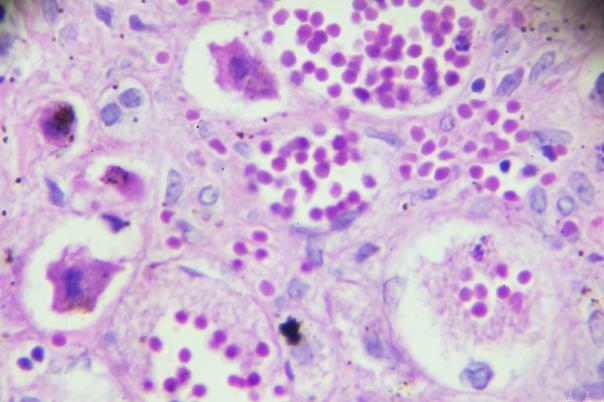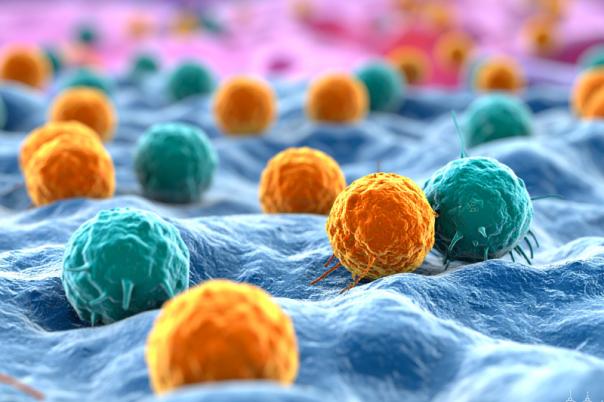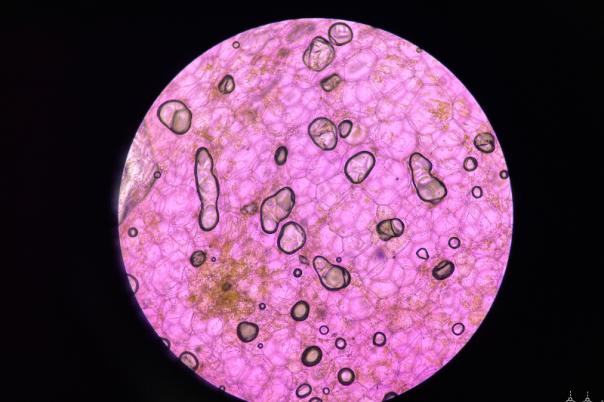Combining spatial and single-cell RNA sequencing data allows scientists to understand and validate proteomics data findings. Konstantinos Theofilatos, a Lecturer in Bioinformatics at Kings College London, introduced his research which demonstrates how a multi omic model and single-cell approach can merge to understand mechanisms and identify new therapeutic targets for cardiovascular diseases.
Theofiltos said: “The cellular composition of the plaques is fundamental to understand the risk for the plaque to rupture and lead to further cardiovascular endpoints as well as neurological endpoints.” He elaborated that CD14+ monocytes, macrophages, and vascular smooth muscle cells play a role in predicting plaque stability and associated risks. The group also has ongoing studies on the potential of vascular smooth muscle cells as protective muscles – a mouse study showed that vascular smooth muscle cells can differentiate into another form that enables them to secrete more collagens and TCM in a mechanism that promotes plaque stability.
To progress this study, the team created a workflow combining various omics modalities, imaging, and clinical data to allow them to define the phenotypes of unfavourable plaques. Furthermore, Theofiltos wanted to uncover the molecular mechanism that makes the atherosclerosis disease progress into different pathways towards symptomatic and asymptomatic plaques.
219 samples were obtained from the core and periphery of the plaque from 129 patients with atherosclerosis disease. An LCMS proteomic workflow and targeted mass spectrometry to study and validate protein changes in plaques, achieving significant coverage of human proteins in atherosclerosis. Theofilatos explained that three different approaches were used to validate and interrogate the data: mass spectrometry assays, spatial RNA sequencing analysis, and unbiased spatial transcriptomics.
The research identified sex-specific protein clusters. For example, women showed increased expression of versican, associated with plaque stability. Additional analysis showed that post-menopausal women had low estradiol levels, leading to versican overexpression. This highlights the need for further investigation into sex differences in vascular diseases.
Alongside this data, single-cell data showed that osteopontin is only expressed in clusters of monocytes. The osteopontin interacts with CD44 in monocytes and smooth muscles which could regulate plaque stability. Theofilatos commented that LEG3+ monocytes also have a protective role through cell-to-cell communication with smooth muscle cells.
Looking ahead, the study plans to expand the sample size of spatial RNA sequencing data and develop new workflows to combine single-cell and spatial RNA sequencing with proteomics. The study will observe transcriptomic changes in atherosclerosis in different vessels in the aortas, coronaries, and carotids in an attempt to find the common mechanism as well as the tissue-specific mechanisms.




